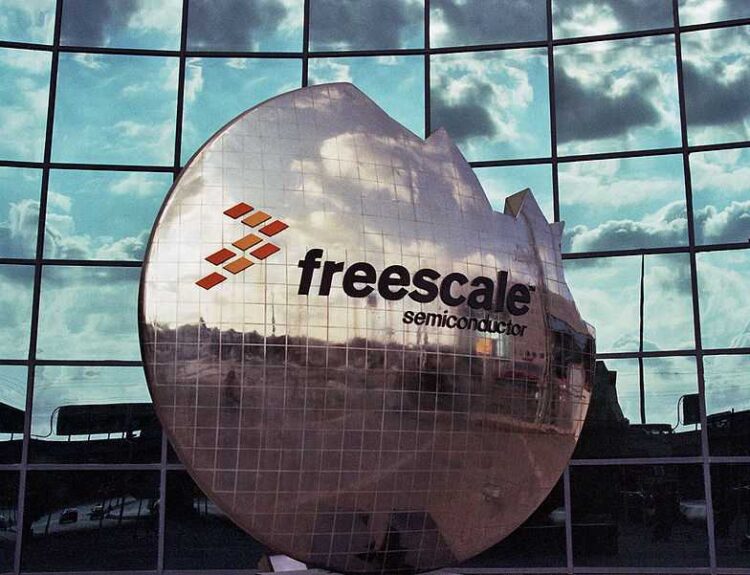Unlocking the secrets of Europa’s icy surface could reveal the ingredients for life beyond Earth.
- NASA’s Europa Clipper is set to launch on October 10 to study Jupiter’s moon Europa.
- The mission aims to determine if Europa has conditions suitable for life beneath its icy crust.
- The spacecraft will conduct 49 flybys of Europa, gathering data on its surface and potential subsurface ocean.
- Europa Clipper is equipped with advanced science instruments and is the largest spacecraft NASA has built for a planetary mission.
- The mission is designed to last at least four years and will conclude with a controlled crash into Ganymede.
In just three weeks, NASA’s Europa Clipper probe is scheduled to launch on October 10, embarking on a mission to explore Europa, one of Jupiter’s most intriguing moons. Scientists believe Europa may harbor the essential ingredients for life beneath its thick icy crust, which is about 10 miles deep. The $5 billion mission aims to assess whether the conditions for life exist on this distant moon. Bonnie Buratti, the deputy project scientist, emphasized the importance of this mission, stating, ‘There’s very strong evidence that the ingredients for life exist on Europa, but we have to go there to find out.’ nnThe Europa Clipper will not land on the moon but will perform 49 flybys, collecting data to determine if a habitable environment exists. The spacecraft is currently being prepared for launch atop a SpaceX Falcon Heavy rocket from NASA’s Kennedy Space Center in Florida, with an expected arrival at Jupiter in April 2030 after traveling 1.8 billion miles. nnLaurie Leshin, director of NASA’s Jet Propulsion Laboratory, expressed excitement about the mission, which has been in the works for over a decade. The team of over 4,000 scientists and engineers has worked tirelessly to ensure the spacecraft’s readiness. The probe will utilize nine scientific instruments to analyze Europa’s surface and estimate the thickness of its icy shell, looking for signs of a subsurface ocean. nnThe mission also aims to identify organic compounds that could support life. While the team hopes to find evidence of a habitable environment, they do not expect to discover actual life forms. The spacecraft is designed to withstand the intense radiation around Europa, with a trajectory that allows it to gather data while minimizing exposure. nnThe Europa Clipper mission is expected to last at least four years, concluding with a controlled crash into Ganymede, Jupiter’s largest moon. This mission represents a significant step in our quest to understand the potential for life beyond Earth, and scientists are eager to uncover the mysteries that await. As Buratti noted, ‘There is going to be something there — the unknown that is going to be so wonderful that we can’t conceive of it right now.’·
Factuality Level: 8
Factuality Justification: The article provides a detailed and informative overview of NASA’s Europa Clipper mission, including its objectives, challenges, and the scientific significance of the mission. It avoids sensationalism and presents factual information supported by quotes from credible sources. However, there are minor instances of redundancy and some speculative language regarding potential discoveries, which slightly detract from its overall factuality.·
Noise Level: 8
Noise Justification: The article provides a detailed overview of NASA’s Europa Clipper mission, including its objectives, challenges, and the scientific significance of studying Europa. It stays on topic, supports claims with expert quotes and data, and offers insights into the mission’s potential to uncover new knowledge about the possibility of life beyond Earth. However, it could benefit from a deeper analysis of the implications of the findings and the accountability of funding such missions.·
Public Companies: NASA (N/A), SpaceX (N/A)
Key People: Bonnie Buratti (Deputy Project Scientist for the Europa Clipper mission), Laurie Leshin (Director of NASA’s Jet Propulsion Laboratory (JPL)), Jordan Evans (Project Manager at JPL)
Financial Relevance: No
Financial Markets Impacted: No
Financial Rating Justification: The article primarily discusses NASA’s Europa Clipper mission to study Jupiter’s moon Europa and does not mention any direct impact on financial markets or companies.
Presence Of Extreme Event: No
Nature Of Extreme Event: No
Impact Rating Of The Extreme Event: No
Extreme Rating Justification: The article discusses the upcoming launch of NASA’s Europa Clipper probe and its mission to study Jupiter’s moon Europa, but it does not report on any extreme event that has occurred in the last 48 hours.·
Deal Size: The deal size for the Europa Clipper mission is $5 billion.
Move Size: No market move size mentioned.
Sector: No
Direction: Neutral
Magnitude: No
Affected Instruments: No
 www.space.com
www.space.com 





